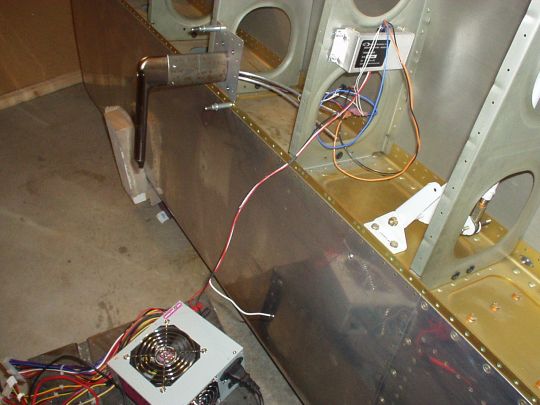A very inexpensive solution is to use an ATX power supply (standard power supply used inside desktop computers). Low end ones can be had for under $20. Or for free if you happen to have an old junk computer laying around.
These power supplies have a big wire harness with a number of different voltages, so be sure to tap into the correct wires (+12V, ground). The connector pinouts are standard, and can be found easily with a Google search. And double check with a multimeter before you hook anything up!
Current ratings upwards of 10 A @ +12 V are not uncommon, but they do vary between different products (the current rating is NOT standardized!), so be sure to check that the supply you get will meet your needs. Note that the current ratings are specified individually for each of the output voltages, so be sure to check the current rating specifically for the +12 V output.





